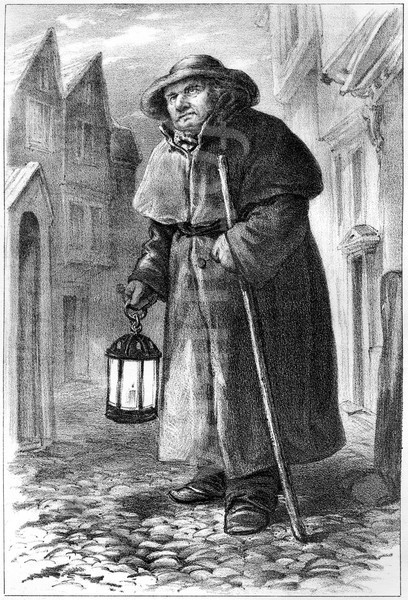____________________
British Army officers pose next to projectiles fired by the "Dora" railway gun. Dora and its sibling "Gustav" were 80 cm guns developed in the late 1930s by Krupp as siege artillery for the purpose of destroying the French Maginot Line fortifications. The guns could fire shells weighing seven tonnes to a range of 47 km (29 mi). Gustav was captured by US troops and cut up whilst Dora was destroyed near the end of the war in 1945 to avoid capture by the Red Army.
- Pinterest
Some additional comments and pics:
- Schwerer Gustav (English: Heavy Gustaf) was the name of a German 80 cm (31.5 in.) railway gun. It was developed in the late 1930s by Krupp in Darłowo (then Rügenwalde) as siege artillery for the explicit purpose of destroying the main forts of the French Maginot Line, the strongest fortifications in existence at the time. The fully assembled gun weighed nearly 1,350 tonnes, and could fire shells weighing seven tonnes to a range of 47 kilometres (29 mi). The gun was designed in preparation for the Battle of France, but was not ready for action when the battle began, and in any case the Wehrmacht's Blitzkrieg offensive through Belgium rapidly outflanked and isolated the Maginot Line's static defences, eventually forcing the French to surrender and making their destruction unnecessary.
- Gustav was later deployed in the Soviet Union during the Battle of Sevastopol, part of Operation Barbarossa, where among other things, it destroyed a munitions depot buried in the bedrock under a bay. The gun was moved to Leningrad, and may have been intended to be used in the Warsaw Uprising like other German heavy siege pieces, but the rebellion was crushed before it could be prepared to fire.
- Gustav was destroyed by the Germans near the end of the war in 1945 to avoid capture by the Red Army.
- It was the largest-calibre rifled weapon ever used in combat, the heaviest mobile artillery piece built in terms of overall weight, and fired the heaviest shells of any artillery piece.
- Krupp, the manufacturer, .christened the gun Schwerer Gustav (Heavy Gustav) after the senior director of the firm, Gustav Krupp von Bohlen und Halbach.
- A similar second gun was named Dora, after the senior engineer's wife.
An artist’s depiction of the railway gun Dora.
Dora, note the double tracks needed to support the weight of the gun and its recoil. Also note the curve of the tracks, to allow left and right adjustments to firing. The tracks had to be laid this way ahead of assembling the gun from transport mode to firing mode, a 6 week period.
o-----------------------------------o
19th century street photograph
o-----------------------------------o
Charlie Rouse, reputedly the last of the 'Watchmen' in London before the formation of the world's first police force.
Additional comments:
- You know Rembrandt’s painting commonly referred to as The Nightwatch? That term refers to the men who kept watch at night, hence the alternate name for those people as Watchmen. It has been claimed that the nightwatch, not prostitution, is the world’s most ancient occupation, originating as soon as men and women first feared the darkness.
- Initially, it was the civic duty of the able men to take turns in providing free watch services. This wasn’t popular being inconvenient, unrewarding, time-consuming, sometimes dangerous and often boring. Eventually the more wealthy paid others to do their watching for them paid fines for non-attendance. Eventually, the duty to serve was replaced by a parish levy out of which “professional” watchmen would be paid.
- These London watchmen patrolled the streets of the parish, typically between the hours of 9 pm to 6 am, following a set route. Not having uniforms, they commonly wore a greatcoat or cloak, often with a battered hat, and carried a lantern, a staff and a rattle to attract attention. They were provided with a watch box, usually wooden, to shelter in or rest.
- Watchmen called the time and the weather on the hour. They kept a lookout for fires and checked that people had locked their doors.
- In 1863 Samuel Pepys wrote:
“This morning, about two or three o’clock, [I was] knocked up in our back yard [ie by the watchman knocking on the door with his staff], and rising to the window, being moonshine, I found it was the constable and his watch, who had found our back yard door open, and so came in to see what the matter was. So I desired them to shut the door, and bid them good night, and so to bed again.”
- For a small fee, watchmen would awaken anyone who needed to be up at a specific time.
- An important part of their watching was to keep an eye out for suspicious or offending people such as drunkards, prostitutes, vagrants and other disorderly persons, that is, to maintain public order.
- The watchmen’s meagre wages and the unpleasant aspects of their duties continued to attract a low quality of candidates, leading to complaints about their performance and an image problem. They were also criticised for waking people on the hour to tell them all was well or to sleep well.
- The inadequacy of the watchmen system, steep increases in crime levels and rising levels of political and industrial disorder led to a reform movement, led by Sir Robert Peel, which eventually culminated in the introduction of a uniformed professional city-wide police force (“Peelers”). The passing of the 1829 Metropolitan Police Act, resulting in the dismantling of the watchman era in London.
Victorian illustration of 18th century London watchman with lantern.
Another rare photograph of Charles Rouse, reputedly the last night watchman still on duty in London in the mid-19th century,









No comments:
Post a Comment
Note: Only a member of this blog may post a comment.